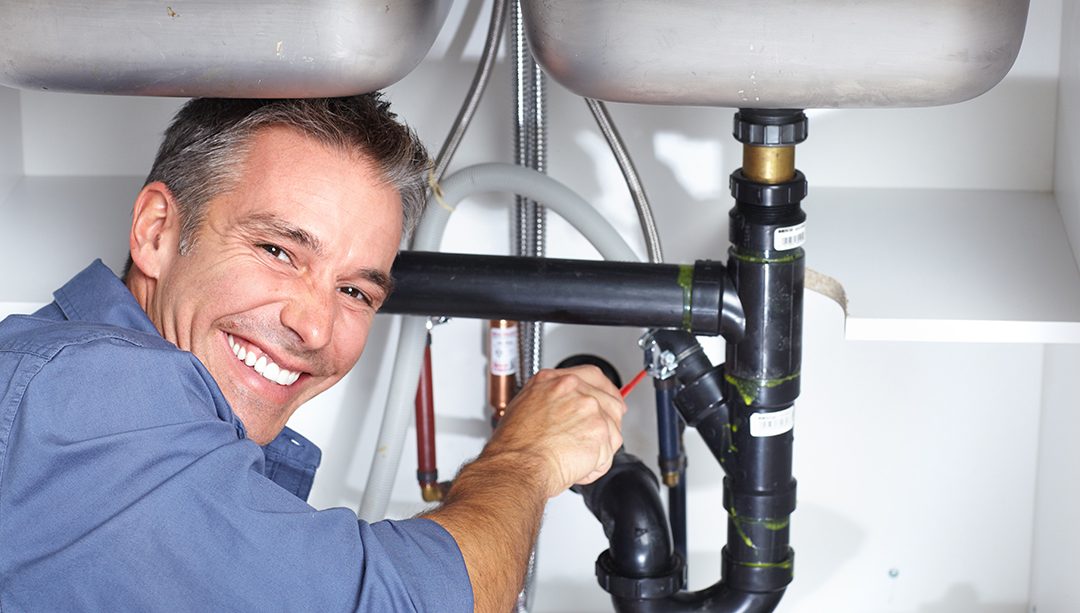Any individual will have their unique notions with regards to Main Plumbing Issues Found in Old Houses.

Older homes frequently come with appeal, character, and background, however they can also bring a host of plumbing concerns. Whether you're dealing with maturing pipes, low water stress, or leaks, knowing exactly how to address these usual troubles is vital to maintaining a secure and useful home. In this overview, we'll discover the typical pipes challenges dealt with by older homes and provide practical options to maintain your plumbing in top form.
Comprehending Usual Plumbing Problems
Aging Pipelines
Among one of the most typical concerns in older homes is maturing pipelines. Depending upon the period in which your home was developed, the pipelines might be made from products that have weakened gradually, such as galvanized steel, cast iron, or even lead. These materials can rust, end up being weak, or develop leaks, leading to water damages and possible health hazards.
Low Tide Pressure
If you're experiencing low tide stress, maybe due to mineral deposits, corrosion inside the pipes, or old components that are no more working effectively. This can be a major aggravation, especially in areas like showers and sinks.
Leaking Pipes
Leaks are another constant concern in older homes, often brought on by rusty or worn-out pipes. Also little leaks can bring about significant water damage, mold growth, and boosted water expenses otherwise resolved promptly.
Outdated Fixtures
Obsolete pipes fixtures such as faucets, toilets, and showerheads not only look old but might likewise be much less effective, susceptible to leakages, or inappropriate with contemporary pipes criteria.
Pipeline Deterioration
Deterioration is an usual trouble in older pipelines, particularly those made from galvanized steel or actors iron. Rusty pipelines can limit water circulation, trigger discoloration, and ultimately cause leakages or pipe bursts.
Assessing the Condition of Your Pipes
Inspecting Visible Pipelines
Beginning by checking any type of visible pipes in your home, such as those in basements, crawl spaces, or under sinks. Look for indicators of deterioration, leaks, or rust, which can indicate underlying issues.
Looking for Leakages
Check for leaks by evaluating locations around faucets, bathrooms, and under sinks. You can likewise monitor your water meter prior to and after a duration of no water use to spot hidden leaks.
Water Top Quality Screening
Older pipes can affect the quality of your water. Conduct a water top quality test to look for contaminants such as lead, corrosion, or various other impurities that might be presented by aging pipes.
Solutions for Usual Plumbing Concerns
Changing Aging Pipes
If your home has old, deteriorating pipelines, think about replacing them with modern-day materials like copper or PEX. This can be a significant financial investment, but it will certainly protect against future problems and improve the security and reliability of your pipes system.
Repairing Low Tide Pressure
To repair low water stress, start by cleaning or changing old fixtures and eliminating mineral buildup in the pipelines. If the problem continues, it may be needed to replace areas of corroded pipelines.
Repairing and Changing Leaking Pipes
For tiny leakages, you can utilize pipe clamps or epoxy putty as a momentary repair. Nonetheless, it's finest to change dripping pipelines entirely to stay clear of further damage.
Upgrading Fixtures
Updating old fixtures to modern-day, water-efficient models can enhance your home's pipes performance and minimize water consumption. Search for components with the WaterSense label for the best performance.
Dealing with Pipe Corrosion
If your pipes are worn away, changing them with corrosion-resistant materials like copper, PVC, or PEX is the very best option. Regular inspections and water high quality upkeep can aid avoid additionally deterioration.
When to Call a Professional
While some pipes problems can be taken care of with do it yourself solutions, there are times when it's finest to employ a professional. If you're managing significant leakages, extensive rust, or are unclear regarding the problem of your pipes, an accredited plumber can provide professional evaluation and repair service.
Preventive Upkeep Tips
Regular Evaluations
On a regular basis evaluate your pipes system for indicators of damage. Capturing issues early can avoid costly repair work down the line.
Water Pressure Law
Ensure your water pressure is within the suggested variety to avoid worrying your pipes and fixtures. A plumbing can set up a pressure regulatory authority if required.
Water High Quality Maintenance
Install water filters or conditioners if your water quality is poor. This can protect your pipes and components from damage triggered by hard water or pollutants.
Positive Pipeline Substitute
If your home has very old pipes, take into consideration aggressive substitute before significant problems occur. This can save you from emergency situation repair services and water damage.
Verdict
Handling plumbing concerns in older homes needs a combination of vigilance, preventative upkeep, and timely upgrades. By understanding the common challenges and knowing when to look for expert help, you can guarantee your pipes system continues to be practical and dependable for years ahead.
Common Plumbing Issues in Older Homes and How to Fix Them
Owning an older home in Australia comes with its unique charm and a set of challenges, especially when it comes to plumbing. The Sunshine Coast has many older properties that can harbour plumbing problems that aren t just inconvenient but potentially costly. Here s a look at some common plumbing issues in older homes and expert advice on how to handle them.
Outdated Piping Materials
Many older homes were built with galvanised steel, cast iron, or even lead pipes, materials that are far from ideal by today s standards. Galvanised pipes are prone to corrosion and clogging, while lead pipes pose serious health risks.
How to Fix:
Replacing old pipes is a job for a professional. Upgrading to copper or PVC piping not only enhances water quality and flow but also increases the property s safety and value. If you suspect your home has outdated materials, a licensed plumber can conduct a thorough inspection and recommend the best course of action.
Corrosion and Pipe Degradation
Over time, exposure to water and minerals can cause pipes to corrode, leading to leaks, bursts, and water contamination. Corrosion is especially common in homes over 50 years old.
How to Fix:
Regular inspections can catch early signs of corrosion. If corrosion is found, the affected section of piping often needs to be replaced. For homes with extensive corrosion, a complete plumbing overhaul might be necessary. It s crucial to consult with a plumbing expert to understand the extent of the issue.
Tree Root Intrusion
Older neighbourhoods usually have mature trees whose roots can intrude into pipe lines, causing blockages or damage. This is particularly problematic for sewer lines, where roots seek out water sources.
How to Fix:
A plumber can use a specialised camera to inspect sewer lines for root intrusion. If roots are a problem, methods like root cutting or hydro-jetting can clear the obstruction. In severe cases, part of the pipe may need replacing. Consider root barriers around the piping to prevent future issues.
Inadequate Water Pressure
Low water pressure in older homes can be due to various factors, including corroded water lines, sediment build-up in pipes, or outdated fixtures.
How to Fix:
First, check if the low pressure is isolated to one area or throughout the house. Replacing old fixtures can sometimes resolve the issue. However, if the problem is more widespread, it might be due to sediment or corrosion. Flushing the system or replacing the affected pipes usually restores normal pressure. Again, a professional assessment is advisable.
Outdated Fixtures
Older homes often feature fixtures that are not only visually dated but functionally inefficient. This includes everything from toilets and taps to showerheads and washing machine hoses.
How to Fix:
Updating these fixtures can improve both water efficiency and the aesthetic appeal of your home. Modern fixtures are designed to conserve water, which can significantly reduce your water bill and lessen your environmental impact.
Conclusion
Maintaining the plumbing in an older home requires a proactive approach. Regular checks and updates are key to preserving these beautiful properties. If you re facing plumbing issues in your older home, it s best to call on experienced professionals like Green & Gold Plumbing & Gas. With the right expertise, even the most daunting plumbing problems can be resolved, ensuring that your home s character is maintained while its functionality is enhanced.
https://gandgplumbing.com.au/common-plumbing-issues-in-older-homes-and-how-to-fix-them/

I recently found that review about Plumbing Issues in Older Properties and How to Fix Them while doing a lookup on the search engines. For those who enjoyed our blog entry please be sure to share it. We cherish reading our article about Common Plumbing Challenges In Old Buildings.
Get Quote Now
 Ralph Macchio Then & Now!
Ralph Macchio Then & Now! Mackenzie Rosman Then & Now!
Mackenzie Rosman Then & Now! Melissa Joan Hart Then & Now!
Melissa Joan Hart Then & Now! Seth Green Then & Now!
Seth Green Then & Now! Bill Murray Then & Now!
Bill Murray Then & Now!